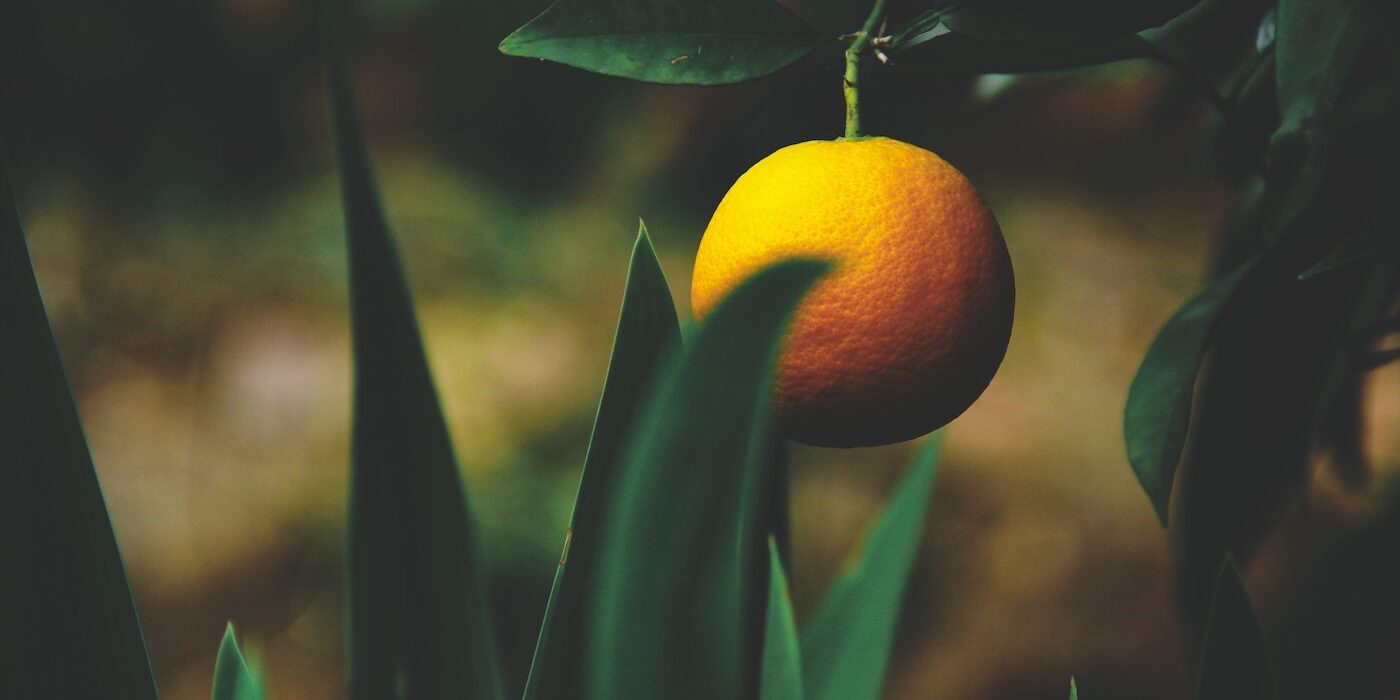
If you grow fruit trees, whether you grow just a couple or you have an orchard, you want to know how to take good care of them.
One way to do this is through pruning them. Below we have provided you with a guide to pruning your fruit trees to get the best yield and results.
SHAPING
A fruit tree’s natural shape isn’t always best for the maximum production of fruit. You want to start your shaping process early, in particular to balance the tree’s root system and top portion.
STIMULATION
When you cut a tree back, it will stimulate more vigorous, stronger growth from its remaining buds. After just one growing season, a tree that is pruned is going to be bigger than one that is the same age and hasn’t been pruned.
SURVIVAL
Trees need to be pruned to help them with surviving after they’ve been planted. When it’s dug, the roots of a bare-root tree were disturbed. Chances are that it’s lost a lot of its feeder roots, which the tree needs for absorbing nutrients and moisture, but it still has a full-size top. This type of imbalance often causes slow and weak tree growth.
TIPS FOR PRUNING FRUIT TREES
PRUNE YOUR TREE WHEN IT’S DORMANT
You should wait until your tree’s dormant before you pull out your shears. This is going to be easy for you and best for your tree. It’s going to be easier where your cuts should be made once the leaves are off the tree. You should prune during the later part of the fall, in winter or very early in the spring. But consider your climate, since this will change depending on where you live.
HELP YOUR TREE CREATE A VERY STRONG FRAMEWORK
Remove any injured, narrow-angle (these are the weaker branches of any type of interfering or crossing branches) , diseased, or weak branches, along with one of the branches of the forked limbs. You also should remove the upright branches and the ones that are growing towards your tree’s center. It’s important to keep the tree from becoming too crowded and thick and make sure its height stays reasonable. All of these objectives are going to promote an improvement in bearing.
Florida Tree is the most trusted and top rated Tree & Ground Maintenance company in the area. But don’t take our word for it, see what your neighbors are saying about us and read our reviews.
PRUNING TIPS FOR CERTAIN TREES
Depending on the types of trees you have, you want to use different pruning techniques. Below are tips for pruning various types of fruit trees.
APPLE, CHERRY, EUROPEAN BLUE PLUM AND PEAR TREES
These kinds of trees will do best when they’re been pruned & trained to central leader trees. This tree type is shaped like a pyramid and has a single leader limb to be the tree’s highest point. This leader’s the most recent extension of an upright, long growing trunk. This is where all of the lateral branches come from. Just like with all of the growing branches that are strong, you should head it back each year. A new leader is going to be produced by the leader’s uppermost bud. The tree’s lateral branches ought to be chosen from the shoots that grow out from the tree’s central leader. You should space those out vertically 4 to 6 inches apart, they should have growth that is less vertical and more horizontal and they should also point out in different directions from your tree’s trunk.
APRICOT, JAPANESE PLUM, NECTARINE AND PEACH TREES
These kinds of trees will do best when they’re pruned as well as trained to go into a vase shape. This kind of tree shouldn’t have a central leader. The tree’s shape will be controlled by choosing and maintaining 3-5 scaffold limbs which arise from its trunk. The limbs need to point out in various directions, originating between 18 and 36 inches from your ground.
MINIATURE APRICOT, NECTARINE AND PEACH TREES
These kinds of trees don’t require any kind of shaping cuts. However, since they’re dense growers, you’re going to have to regularly thin them while they’re dormant to remove crossing and competing limbs.
WHIPS OR UNBRANCHED TREES
You should prune back unbranched trees to between 28 and 36 inches above ground when planting. Once the tree’s new branches grow 3-5 inches, choose a shoot for the leader, then scaffold limbs.
PRUNING OFF-SEASON
Sometimes you should do pruning even when it’s not the regular time to do it. This is the case if one of the tree’s branches because of a lot of fruit or from strong wind. You need to prune it immediately. Prune back any type of ragged edges and make a cut that is smooth without leaving a stubby stump. The fast-growing sprouts are able to be removed as spotted. You don’t have to wait for regular pruning time.
These are the tips that you should remember when you are pruning your fruit trees. Pruning is essential for the health of the tree and for its fruit production.
HAVE MORE QUESTIONS?
Florida Tree and Ground is a family owned company dedicated to satisfying the needs of our customers. We have a wide range of services, and our goal is to make your life easier by doing the work that you cannot. If you have any questions regarding our company or services, contact us today, we would love to help!

